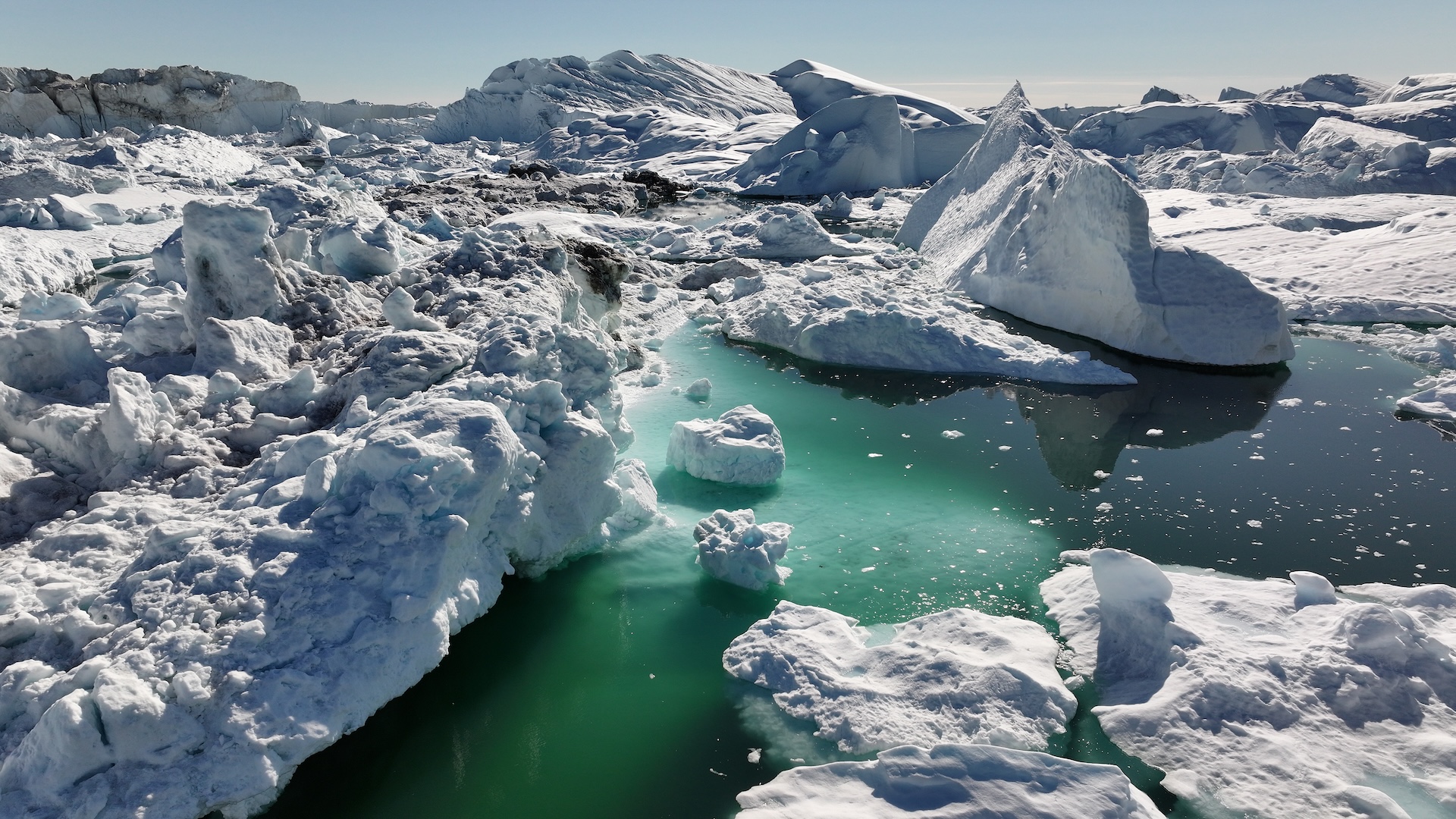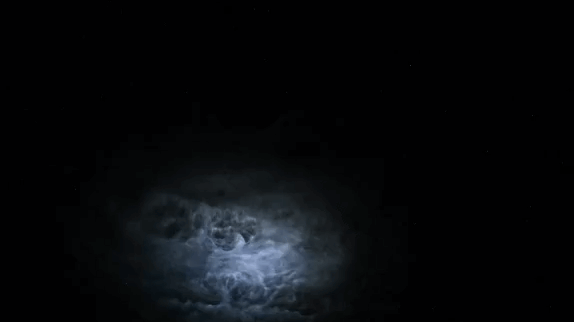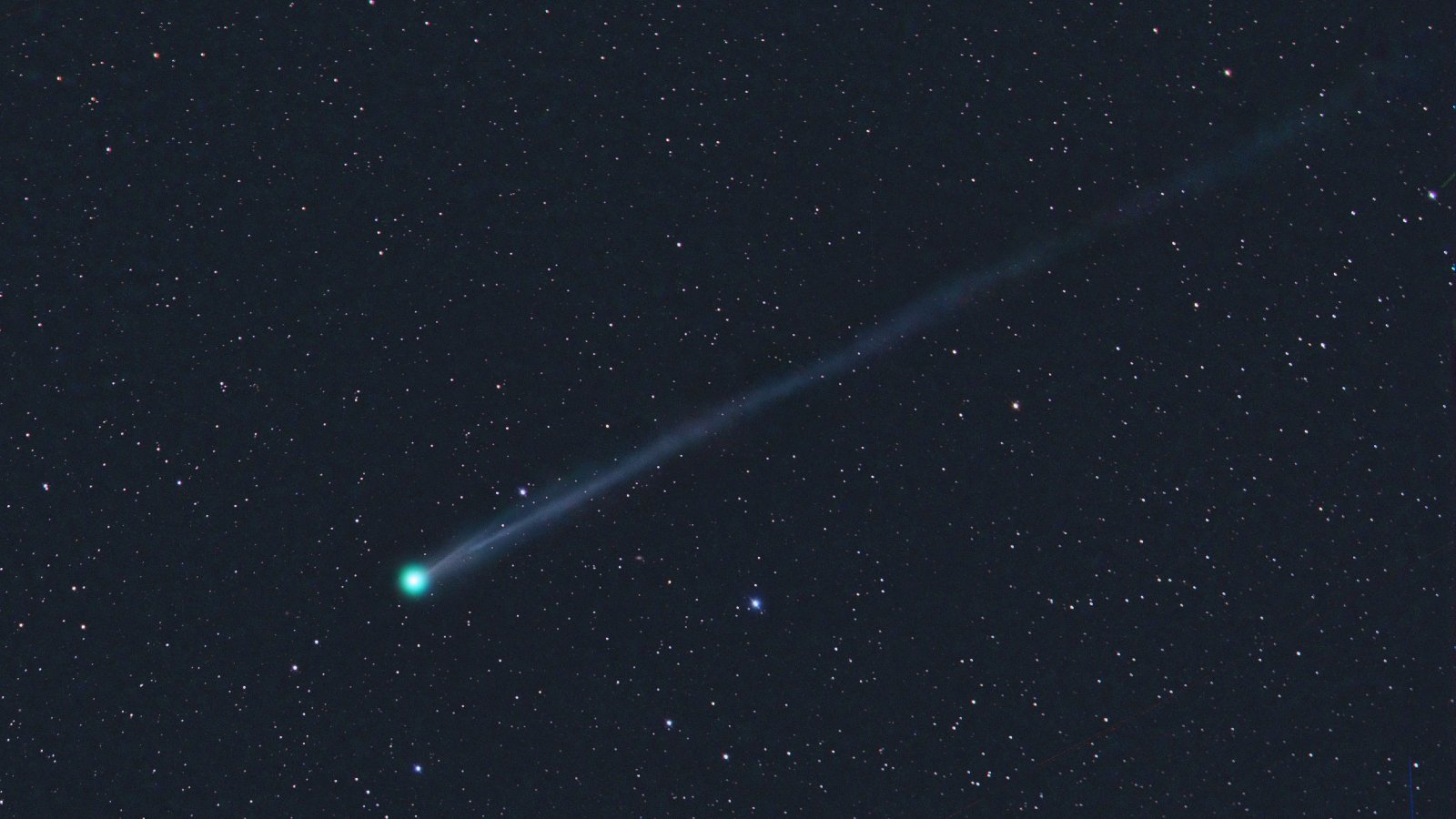Sick Future: As Species Disappear, Human Disease May Spike

NEW YORK—The jeopardized health of Earth's depleted ecosystems is putting our own health in danger as more and more diseases like AIDS, West Nile and Ebola could jump from animals to find a home in humans, new research shows.
Urbanization, deforestation and other habitat changes wrought by humans and global warming are contributing to the decline of many species: a 2006 report in the journal Conservation Biology estimated that nearly a quarter of the world’s plant and vertebrate animal species could be extinct by 2050.
One of the most arresting potential consequences of this biodiversity loss, discussed here at a recent symposium at the American Museum of Natural History, is the likelihood that animal diseases will cross the species barrier and begin infecting humans faster than ever in recorded history.
“I think biodiversity is a big factor [in disease emergence],” said ecologist Richard Ostfeld of the Institute of Ecosystem Studies, in a telephone interview. “And clearly climate change is affecting biodiversity.”
But predicting which diseases might make this leap is complicated by the fact that researchers know so little about the origins of many of the diseases that plague humans now.
Zoonoses
Humans have suffered from infectious diseases for millions of years, but many pathogens have reared their ugly heads only in the last 11,000 years, since the rise of agriculture. It was then that people began living in denser communities that facilitated the spread of diseases.
Sign up for the Live Science daily newsletter now
Get the world’s most fascinating discoveries delivered straight to your inbox.
Many of these “newer” diseases transferred to humans from animal hosts: some may have jumped from closely related species (for example, AIDS from chimpanzees), while others may have spread from distantly related species that we came in close or constant contact with (such as smallpox from domestic animals). These animal-to-human jumpers, or zoonoses, can be caused by bacteria, viruses and other infectious microbes.
“The role of these pathogens in causing human disease may be particularly important because many of these are highly lethal,” said ecologist Kate Jones of the Zoological Society of London.
But according to a new study in the journal Nature, scientists know very little about the origins of many long-established human diseases—a conundrum that makes predicting which disease might next make the jump to humans, and how it will do it, even more difficult.
Sources and stages
The Nature study examined the suspected sources of diseases found in temperate and tropical climates. Many of the temperate diseases, such as measles, mumps, smallpox, influenza A and tuberculosis, are believed to have come from domestic animals as farmers came into close contact with them.
Many tropical diseases, on the other hand, came from wild non-human primates, such as chimpanzees. Though they are not as abundant as domestic animals, these primates are our closest cousins and therefore pose the weakest species barrier for pathogens to morph to our physiology.
In both tropical and temperate zones, virtually all other diseases came from mammals and sometimes birds. For example, rodents, while far removed from us genetically, are in frequent close contact with humans in some places, and so easily spread diseases such as the Black Plague, which wiped out a third of Europe's population in the Middle Ages.
The study authors listed five stages that infectious diseases transition through, from those found exclusively in animals to those that infect only humans:
- Stage 1: pathogen is only present in animals and is not transmitted to humans
- Stage 2: animal pathogen can be transmitted to humans but not between humans (e.g. rabies)
- Stage 3: animal pathogen can be transmitted between humans for a few cycles, causing occasional outbreaks that die out quickly (e.g. Ebola)
- Stage 4: animal pathogen can undergo more extended transmission between humans (e.g. yellow fever, dengue fever and cholera)
- Stage 5: pathogens exclusive to humans that either co-evolved with us or made the animal-to-human jump (e.g. measles, mumps, rubella, smallpox, syphilis and HIV)
Most animal pathogens never pass Stage 1: adapting to an entirely different physiology is not an easy thing for a pathogen to do. But recently, we’ve been helping them make that leap through blood transfusions, international travel and intravenous drug use, the authors said.
“People move pathogens around,” Ostfeld, who was not involved in the Nature study, said.
Biodiversity
Still, one of the biggest factors these days that could affect the emergence of zoonoses is biodiversity, which is used as a measure of an ecosystem’s health: the more variety of living beings there is, the healthier the system is.
“Biodiversity can reduce pathogen transmission among hosts and therefore protect our health,” Ostfeld said at the symposium. He has done work to show that infection rates decrease as species numbers increase.
One example he cited looked at hantavirus infection rates in two small rodent “reservoir” species, or those that easily become infected with the disease. In areas of the South American forest where other rodents were cleared out by the researchers, the reservoir species became infected at a greater rate.
It is thought that the hantavirus thrives in this case because the rodents no longer have to compete with other species for resources, so they became more abundant and encounter each other more often, spreading the disease by fighting.
Another example is West Nile virus, which is spread by certain species of birds. The virus seems to be thwarted in areas of high bird diversity, where the virus might encounter a duck instead of a crow, the former being a poor reservoir.
“It’s a dead end for the virus,” Ostfeld told LiveScience.
But when reservoir species are all that exist in an ecosystem, humans are more likely to come into contact with an infected animal, increasing the chances that the virus could jump species.
Potential patterns
Another study presented at the symposium by ecologist Jones mapped the emergence of infectious diseases since 1940 and found they had increased in recent decades and mostly emerged in the American Northeast and Europe. Ostfeld said this finding made sense considering the low biodiversity associated with these areas compared to the tropics.
Most of the emerging diseases had jumped to humans from wildlife, Jones found, “which supports the suggestion that these kinds of human pathogens [or zoonotic diseases] are an important source of future epidemics and future disease emergence in humans,” Jones said.
Diseases can be exposed to new hosts as the planet warms: the spread of warmer temperatures enlarges the potential habitats of organisms, such as mosquitoes, that spread disease, into higher latitudes and altitudes than they inhabited before, Ostfeld explained.
But UCLA's Nathan Wolfe, lead author of the Nature study, cautions that much is still unknown about the impact of biodiversity on disease transmission and emergence. He added that even with high biodiversity, there will always be diseases.
“There will continue to be new diseases that enter into the human population,” Wolfe said. “That’s inevitable.”
To better understand the movement of pathogens and how they might spread and jump to humans, the authors of the Nature study and scientists such as Jones have called for better research into the origins of existing diseases and the development of predictive models and warning systems to alert us to any potential emerging threats—otherwise, the next big outbreak might catch us by surprise.

Andrea Thompson is an associate editor at Scientific American, where she covers sustainability, energy and the environment. Prior to that, she was a senior writer covering climate science at Climate Central and a reporter and editor at Live Science, where she primarily covered Earth science and the environment. She holds a graduate degree in science health and environmental reporting from New York University, as well as a bachelor of science and and masters of science in atmospheric chemistry from the Georgia Institute of Technology.









